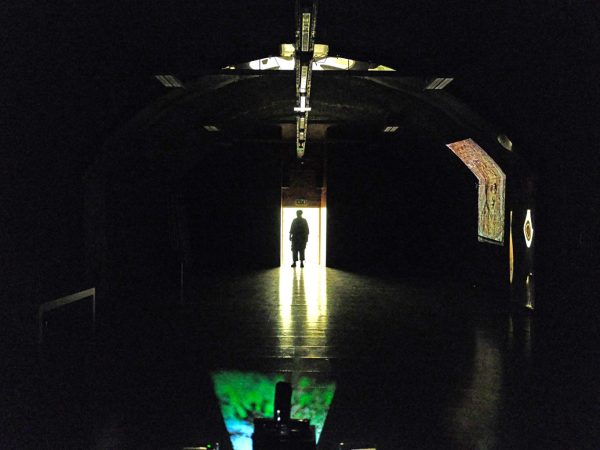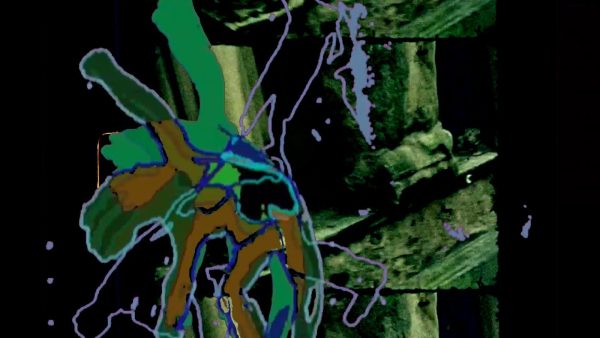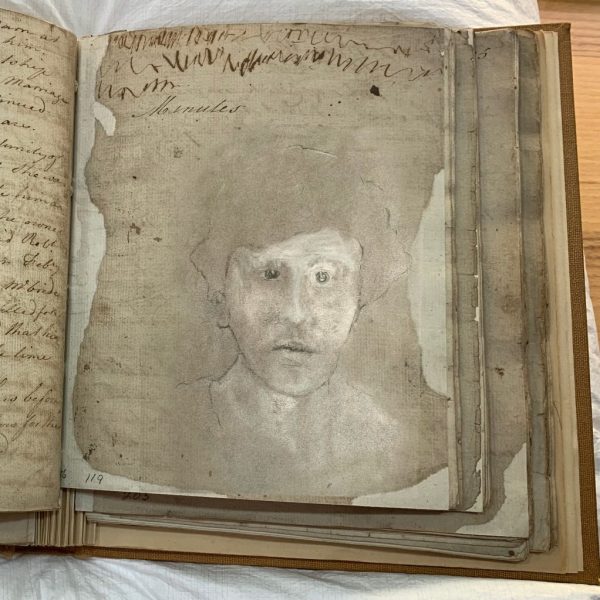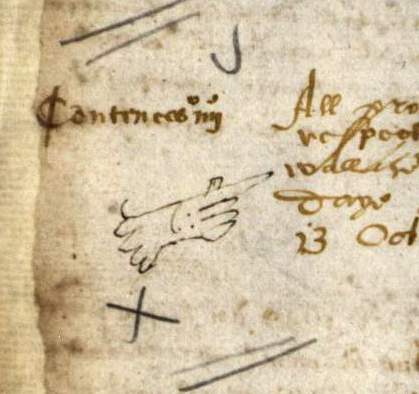
Book here for Anne Robinson’s ‘Vocal Resistance’ workshop
Artist’s notes for a Beaconsfield residency
Work in progress towards a new piece with working title:
Air and Grace Notes
Growing up in Ayr, on the west coast of Scotland. I have always understood that this region was a virulent place for the witch trials that took place across many centuries, but especially during the time of the Witchcraft Act (1563 -1737)**.
I am looking into specific local cases and building on earlier work ‘The Hurrier’ (2021)* about class, labour and bodies, I am tracing back to the witch trials in which the ‘Kirk Sessions’ was locally, responsible for referring people for trial as witches and often for the interrogations. The ‘witches’ all too often stood accused of being ‘disorderly, refractory, idle, drunken, bold, engaged in sexual relations that were not sanctioned by the kirk.
In her book Caliban and the Witch, anarcho-communist and feminist Silvia Federici relates witch trials directly to the development of capitalism, especially in the phase known as ‘primitive accumulation’. I have been very affected by Federici’s writings, drawing out connections between the capital, the ‘enclosure’ (theft) of the land, ‘vagabonds’ and the collision of poverty/sex/witchcraft accusations.
This current work connects anti-capitalist activism with resistance to the repression of sexuality in the witch trials, which is so absolutely present in Monica Sjöö’s works. Her work resonates for me in a multitude of ways, but especially:
her fearless, queer, outisider life – refusing compromise
her anarchism: against work, capital, borders, militarism
her questioning of conventional sexuality and gender binaries: a desire for androgyny and open sexuality
her absolute commitment to radical politics and activism
her desire for change, for a loving humanity in the world
her empathy with our physical bodies, with other species, and the earth through painting her refusal to separate art and activist creative practice.
On the 9th of May 1993, Monica Sjöö and a group of women who had been attending an event in Bristol called ‘Breaking the Silence’ entered Bristol Cathedral with intent to disrupt the service and declare ‘the glad tidings of the End of Patriarchy’. She later describes this event as:
‘incredibly powerful and magical … as if we have opened a chink in the ether, allowed some freedom and power for all women to seep through from some other realm … we had broken some shackles in our own minds’.
Monica Sjöö also later references this powerful event in a painting called: The Beginning of the End of Patriarchy, 1993.
The persecution, torture and burning of so-called ‘witches’ supported by almost all Christian churches across the world well into the 18th century, was a key focus of this protest in Bristol some 30 years ago. A powerful element in the intervention was the singing of a song, accompanied by drumbeats: The Burning Times by Charlie Murphy: now the earth is a witch and we still burn her..
This is the beginning of new work and I am inspired to work with what I think of as ‘queer archaeology’ drawing on a past which is here, now: queering the technology to allow time travel between the frames.
*website: https//:hurrier.org
**In April, 2022, the Scottish parliament became the first in the world to ‘pardon’ the witches – 4,000 tried and 2,500 executed at a likely conservative estimate.





Bio:
Robinson originally attended Glasgow School of Art as a painter in the late 1970s. Excited by developments in feminist and community arts, she moved to London to work with the See Red Women’s Workshop collective and has remained committed to the politics of collective working and community education. Learning to make films through the London Filmmakers’ Co-op, she was also part of the Wildtrax film group working with bands and performers and making experimental shorts such as 17 Rooms before returning to art school to study in the experimental film unit at St Martins in the 1980s where she continued to show works in festival screenings and on UK TV, later attending University of Westminster to study film theory. She has taught in further, adult an higher education, most recently working on courses about artists’ film.
Working with painting and film, she has been making and showing work continuously since the mid 1990s: developing a painting practice which is engaged with philosophical and perceptual considerations of temporality, in particular, working with analogue and digital film frames as markers of time. Photomedia works also explore imaginative time travel and more recently, experiments with sound have led to a series of ‘song-film’ works such as Que Sera (2010) and Is It You? (2012), often combining film and performance and to performance interventions using song fragments. Her PhD thesis in 2012 was entitled: The Elusive Digital Frame and the Elasticity of Time in Painting.
(source: annerobinsonartwork.org)